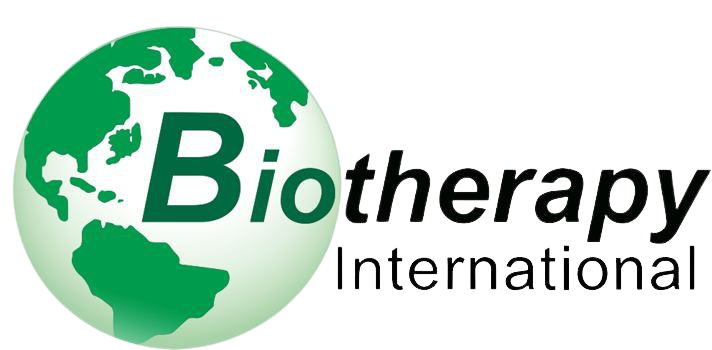Erste erfolgreiche Gentherapie für Baby mit schwerem kombinierten Immundefekt (SCID)

Der schwere kombinierte Immundefekt (SCID), welcher auf einem Mangel des Enzyms Adenosin-Desaminase (ADA) beruht, endet aufgrund unvermeidbarer Infektionen tödlich und trägt den Beinamen “Bubble Baby” aufgrund der strikten Isolation, die erforderlich ist, um gegen Ansteckungen zu schützen.
Die potenzielle Heilung liegt in einer erfolgreichen Gentherapie, bei der das ADA-Gen in multipotente Stammzellen eingeführt wird, die für die Entwicklung des Immunsystems verantwortlich sind und dieses transplantiert wird. Trotz früherer Misserfolge in solchen Bemühungen gab es 2002 einen Hoffnungsschimmer, als Professor Slavin auf ein Neugeborenes mit ADA-defizienter SCID stieß. Tragischerweise war bereits ein Geschwisterkind vor der Diagnosestellung an wiederkehrenden Infektionen gestorben, was die Dringlichkeit der Behandlung unterstrich.
Da kein geeigneter Spender verfügbar war, begann Prof. Slavin eine bahnbrechende Gentherapie. Abweichend von konventionellen vektorbasierten Ansätzen entschied er sich für die Transplantation von ADA-transduzierten Nabelschnur- und Knochenmarkstammzellen der Patientin selbst.
Das Neugeborene, Tasnin, wurde 2002 zum Symbol des Erfolgs und markierte den ersten Triumph der Gentherapie für ADA-defiziente SCID. Ein Behandlungsprotokoll, das mit nicht-myeloablativer Konditionierung begann, ebnete den Weg für das rasche Aufkommen eines funktionierenden Immunsystems bei Tasnin. Es folgte eine schnelle Einheilung und Differenzierung der genetisch veränderten Stammzellen, die zu einer nahtlosen Genesung ohne zusätzliche Eingriffe führten.
Die beigefügten Fotos zeigen Tasnin, flankiert von ihrer Schwester Salsabil und ihrer Mutter, die vier Jahre nach der Behandlung weiterhin Hoffnung und Widerstandsfähigkeit verkörpern. In Tasnins triumphaler Geschichte liegt ein Zeugnis für das transformative Potenzial der Gentherapie im Kampf gegen SCID. Seit 2002 lebendig und wohlauf, steht sie als lebendiges Zeugnis für die Kraft der Innovation und des Durchhaltevermögens angesichts von Widrigkeiten.
